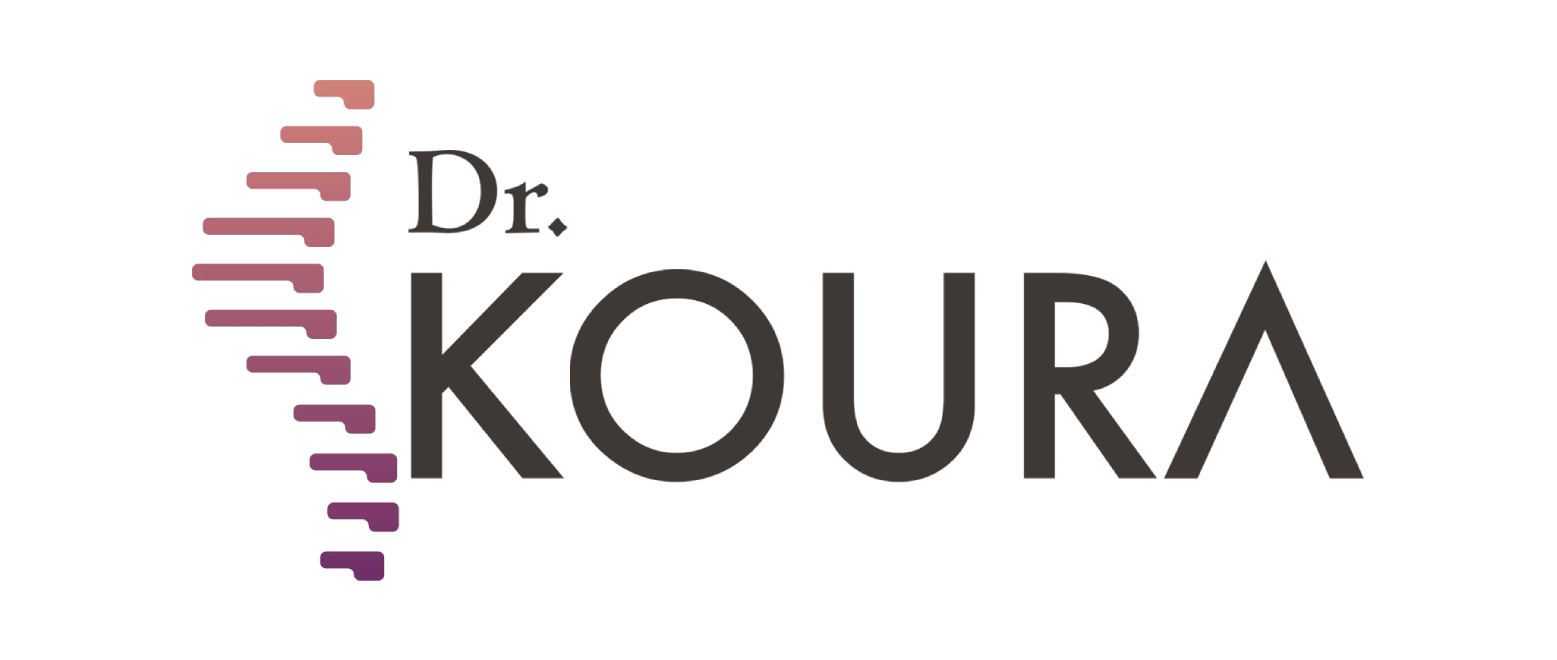Treatment of cervical herniated disc with radiofrequency
Definition
A cervical herniated disc is one of the most common causes of neck pain and persistent headache behind the head, and the patient must pay attention to symptoms and early detection because neglecting them may ultimately lead to weakness of the arm muscles or paralysis.
The cervical spondylosis is one of the chronic changes that share with the cervical herniated disc causing neck pain and result in inflammation of the cervical nerve roots, which causes shoulder and arm pain.
Causes
A herniated disc, in general, has many causes, including weight gain, but our incorrect use of the neck during our lives and our daily practice is the most common cause of cervical herniated discs and roughness of the cervical vertebrae. Add to this the office session throughout the day and fix the neck to a specific position towards the computer screen or mobile phone, or driving the car for long periods continuously without rest.
Symptoms
- Neck pain
- Headache
- Shoulder muscle pain
- Arm pain
- A sensation of numbness or burning in the arms.
- All of these symptoms indicate a problem with the neck, as neck pain indicates a problem with the cervical vertebrae and surrounding muscles. Arm pain, numbness, and burning refer to inflammation of the cervical nerve roots as a result of pressure on it from cervical herniated discs or severe roughness in the cervical vertebrae.
Methods of Treatment:
The treatment methods are divided into medical treatment that is a muscle relaxant with a pain reliever and some physical therapy sessions as a first step to deal with neck pain and its problems as soon as they arise.
And the patients are accustomed that if they do not recover on drug and natural treatment, their next step is surgical treatment and the famous operation to remove the cartilage and stabilize the vertebrae, which frightens the patients and keeps them from caring for the neck, its pain and problems, and they forget it until the surgery becomes inevitable.
But with the advancement of medicine and with the availability of the latest techniques for treating cervical herniated discs without surgery in our center. Dealing with cases of cervical herniated discs, roughness of the cervical vertebrae, and the resulting neck pain and arm pain has become simpler, easier and safer.
Treatment of herniated disc with radio-frequency:
radio-frequency is a computer system technology that sends thermal frequencies through a needle that is directed to the joints between the cervical vertebrae to treat neck pain caused by vertebral roughness, and the second option is the thermal frequency of nerve roots to treat nerve root inflammation resulting from compression of the sliding part of the cervical cartilage, And the roughness of the vertebrae.
This limited intervention takes place inside the operating room to ensure sterilization using local anesthesia and guided by the interventional radiology device. It takes from a third to half an hour inside the operating room, and then the patient returns to his hospital room and can return home on the same day.
After the heat frequency, the patient does not feel real improvement until after two weeks, the patient may fluctuate between improvement and pain, and this is normal, and the patient should not worry. The more the patient commits to rest at home during the two weeks, the greater his chances of improvement.
Other ways to treat neck pain without surgery: (other minimally invasive procedures)
Laser treatment of a herniated disc.
Treatment of cervical facet joint arthropathy with radio-frequency.
Treatment of cervical nerve root inflammation with radio-frequency.
epidural steroid injection of cervical nerve roots.
Advantages of treating cervical herniated disc without surgery:
We do not call it an operation except because it takes place inside the operating room. It is a minimally invasive procedure during which no incisions or cuts are made. Safe, easy, and simple, it does not take more than half an hour in the operating room under the influence of the local anesthetic. The patient is discharged from the hospital on the same day and will restore his work and normal life as soon as possible.





 Egypt
Egypt